Chapter 11
Money, banks and the Reserve Bank of Australia
Choose the one alternative that best completes the statement or answers the question.
1) ‘Money’ is:
A) an asset that people are generally willing to accept in exchange for goods and services.
B) a liability that people are willing to accept in exchange for goods and services.
C) the income a person earns over a period of time.
D) a person’s assets net of liabilities at any point in time.
Answer: A
Difficulty: Basic
Learning Objective: 11.1 Define money and discuss its functions.
Topic: What is money and why do we need it?
AACSB: Able to translate knowledge of business and management into practice
2) ‘Barter’ takes place in an economy when:
A) goods and services are exchanged for money.
B) money is exchanged for goods and services.
C) goods and services are exchanged for other goods and services.
D) goods and services are exchanged for liabilities.
Answer: C
Difficulty: Basic
Learning Objective: 11.1 Define money and discuss its functions.
Topic: What is money and why do we need it?
AACSB: Able to translate knowledge of business and management into practice
3) The problem with barter economies is that they require:
A) less time and trouble to trade as compared with a money economy.
B) that there be a double coincidence of wants.
C) a banking system for trade to occur.
D) that there be a single coincidence of wants.
Answer: B
Difficulty: Basic
Learning Objective: 11.1 Define money and discuss its functions.
Topic: What is money and why do we need it?
AACSB: Able to translate knowledge of business and management into practice
4) ‘Commodity money’ is a good:
A) used as money that has no secondary use.
B) that is designated as money by law.
C) used as money that also has value independent of its use as money.
D) used as money that has no intrinsic value.
Answer: C
Difficulty: Basic
Learning Objective: 11.1 Define money and discuss its functions.
Topic: What is money and why do we need it?
AACSB: Able to translate knowledge of business and management into practice
5) A major source of inefficiency in barter economies is that they require:
A) a standard of deferred payment to make trade possible.
B) a double coincidence of wants in exchange.
C) more liquid stores of value than do monetary economies.
D) All of these options are correct.
Answer: B
Difficulty: Basic
Learning Objective: 11.1 Define money and discuss its functions.
Topic: What is money and why do we need it?
AACSB: Able to translate knowledge of business and management into practice
6) By making exchange ________, money allows for ________ and higher ________.
A) harder; specialisation; costs
B) easier; specialisation; productivity
C) harder; generalisation; productivity
D) easier; specialisation; costs
Answer: B
Difficulty: Basic
Learning Objective: 11.1 Define money and discuss its functions.
Topic: What is money and why do we need it?
AACSB: Able to translate knowledge of business and management into practice
7) In World War II, cigarettes were used as money in some prisoner-of-war camps. Given this, we would expect to see:
A) no-one ever smoking cigarettes in the prisoner-of-war camps.
B) prices of other goods expressed in terms of cigarettes.
C) only government-issued cigarettes being accepted as money.
D) people bartering instead of using cigarettes as money.
Answer: B
Difficulty: Moderate
Learning Objective: 11.1 Define money and discuss its functions.
Topic: What is money and why do we need it?
AACSB: Able to translate knowledge of business and management into practice
8) Which of the following is not a function of money?
A) medium of exchange
B) unit of account
C) store of value
D) standard of barter
Answer: D
Difficulty: Basic
Learning Objective: 11.1 Define money and discuss its functions.
Topic: What is money and why do we need it?
AACSB: Able to translate knowledge of business and management into practice
9) During World War II, prisoners of war used ________ as money.
A) bullets
B) cowrie shells
C) chocolate
D) cigarettes
Answer: D
Difficulty: Basic
Learning Objective: 11.1 Define money and discuss its functions.
Topic: What is money and why do we need it?
AACSB: Able to translate knowledge of business and management into practice
10) When a grocery store accepts your $10 note in exchange for bread and milk, this illustrates that the $10 note is serving as a:
A) medium of exchange.
B) unit of account.
C) store of value.
D) standard of deferred payment.
Answer: A
Difficulty: Moderate
Learning Objective: 11.1 Define money and discuss its functions.
Topic: What is money and why do we need it?
AACSB: Able to translate knowledge of business and management into practice


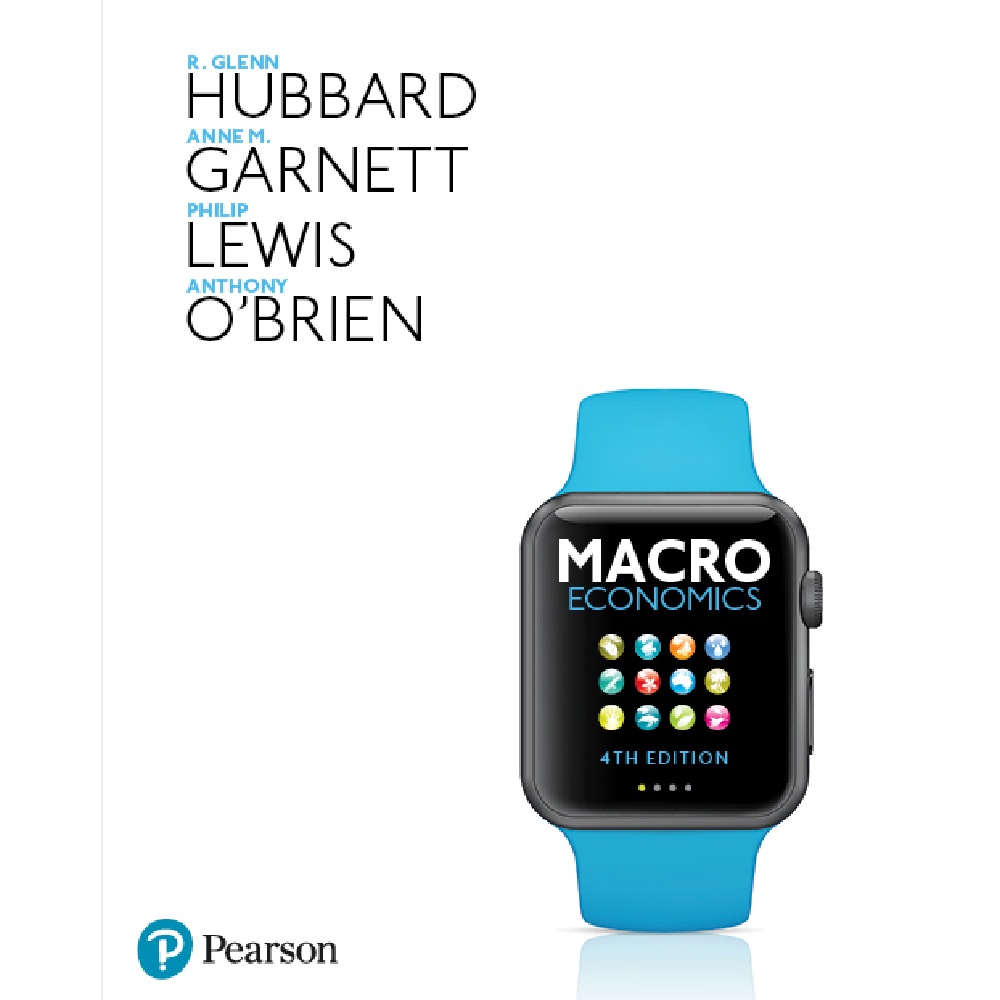

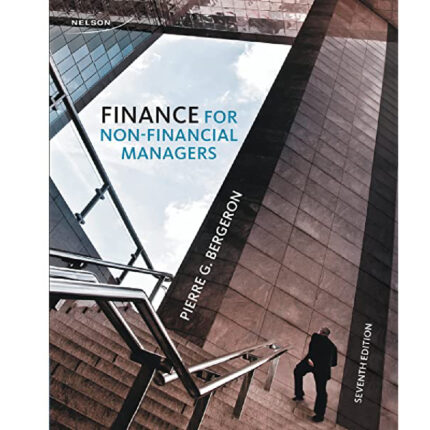
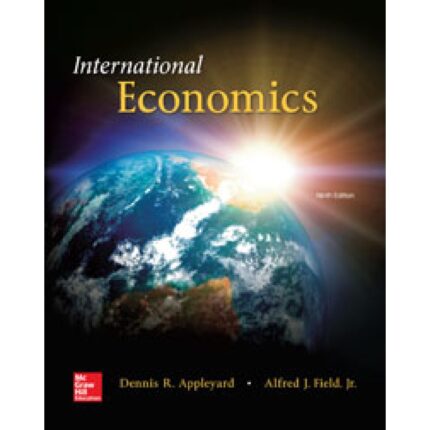
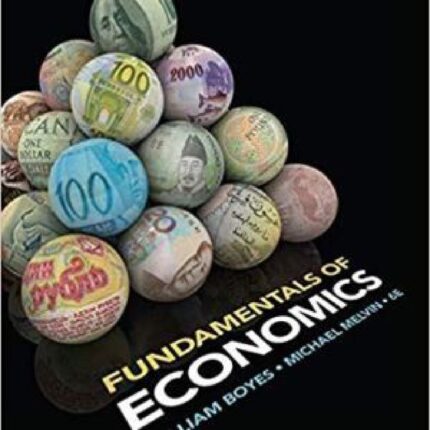
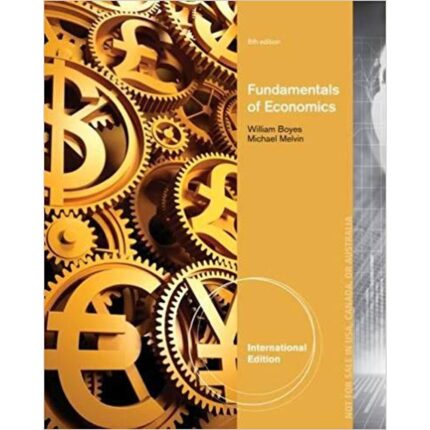
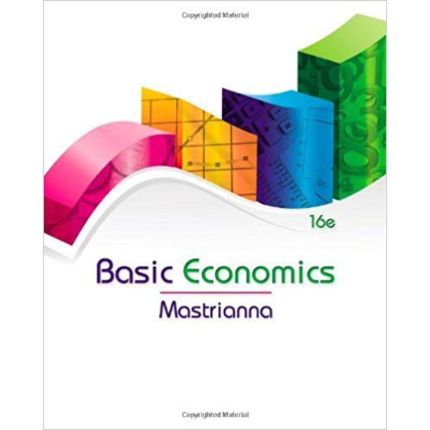



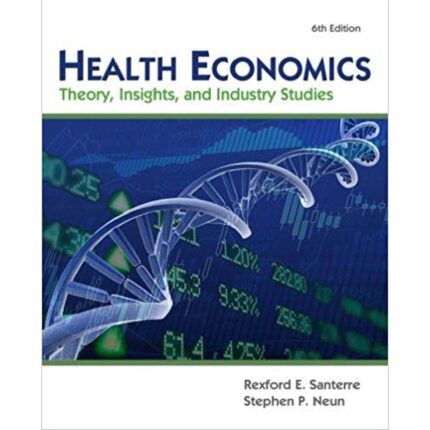
Reviews
There are no reviews yet.